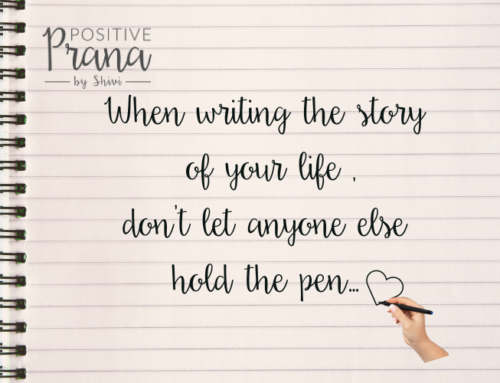Healthy boundaries are important for self-care. Learning to show compassion and kindness to yourself is crucial in setting healthy boundaries. Setting these boundaries thus becomes an important part of establishing one’s identity and is important for our mental wellbeing. They can help people define their individuality and can help people indicate what they will and will not hold themselves responsible for. Boundaries can be physical or emotional, ranging from loose to rigid, with healthy boundaries often falling somewhere in between.
Setting these healthy boundaries thus becomes a crucial part of life and an essential aspect of any self-care practice. Someone who’s not used to setting boundaries might feel guilty or selfish when they first start out, but setting boundaries is necessary for your mental health. Appropriate boundaries can look very different depending on the setting, and it’s essential to set them in all aspects of one’s life.
What Are Healthy Boundaries?
“A boundary is a limit or space between you and the other person; a clear place where you begin and the other person ends . . . The purpose of setting a healthy boundary is, of course, to protect and take good care of you”
Another way to think about it is that “Our boundaries might be rigid, loose, somewhere in between, or even non-existent. A complete lack of boundaries may indicate that we don’t have a strong identity or are enmeshed with someone else” (Cleantis, 2017).
While boundaries are often psychological or emotional, boundaries can also be physical. For example, declining physical contact from a co-worker is setting an important boundary, one that’s just as crucial as setting an emotional boundary, i.e., asking that co-worker not to make unreasonable demands on your time or emotions.
Setting healthy boundaries will not only lead to good mental and emotional health but will also help you to develop autonomy and establish identity and prevent burnout.
How To Set Personal and Emotional Boundaries
- Define the desired Boundary
The first part of setting boundaries is examining the boundaries that already exist (or are lacking) in one’s life.
eg- a woman might decide that she has healthy boundaries with her romantic partner, but not with her friends and co-workers. From there, she can decide what types of boundaries she wants to set with her friends and co-workers.
- Don’t Overexplain- Stay Simple
As for how to exactly set these boundaries, “Say ‘no’ simply but firmly to something you do not want to do. Do not feel that you need to explain. Not overexplaining is a crucial aspect of setting boundaries, as everyone has the right to determine what they do and do not want to do.
This brings up another important point: Keep the focus on yourself. Instead of setting a boundary by saying something like, “You have to stop bothering me after work”, a person can say, “I need some time to myself when I get back from work.”
- Set Consequences
It is impossible to set boundaries without setting consequences. When setting boundaries, it is important to explicitly state why they are important. It is also crucial to only declare consequences that one is willing to follow through on, or else the boundaries will not be effective.
For example, a person in an unhealthy relationship might declare that his partner needs to start respecting his career goals if his partner wants to continue being in a relationship with him
In general, the key to setting boundaries is first figuring out what you want from your various relationships, setting boundaries based on those desires, and then being clear with yourself and with other people about your boundaries.
Healthy boundaries are a crucial component of self-care. Poor boundaries can lead to resentment, anger and burnout
Give us a call if you having difficulty in setting and establishing your boundaries. We can help!










Leave A Comment